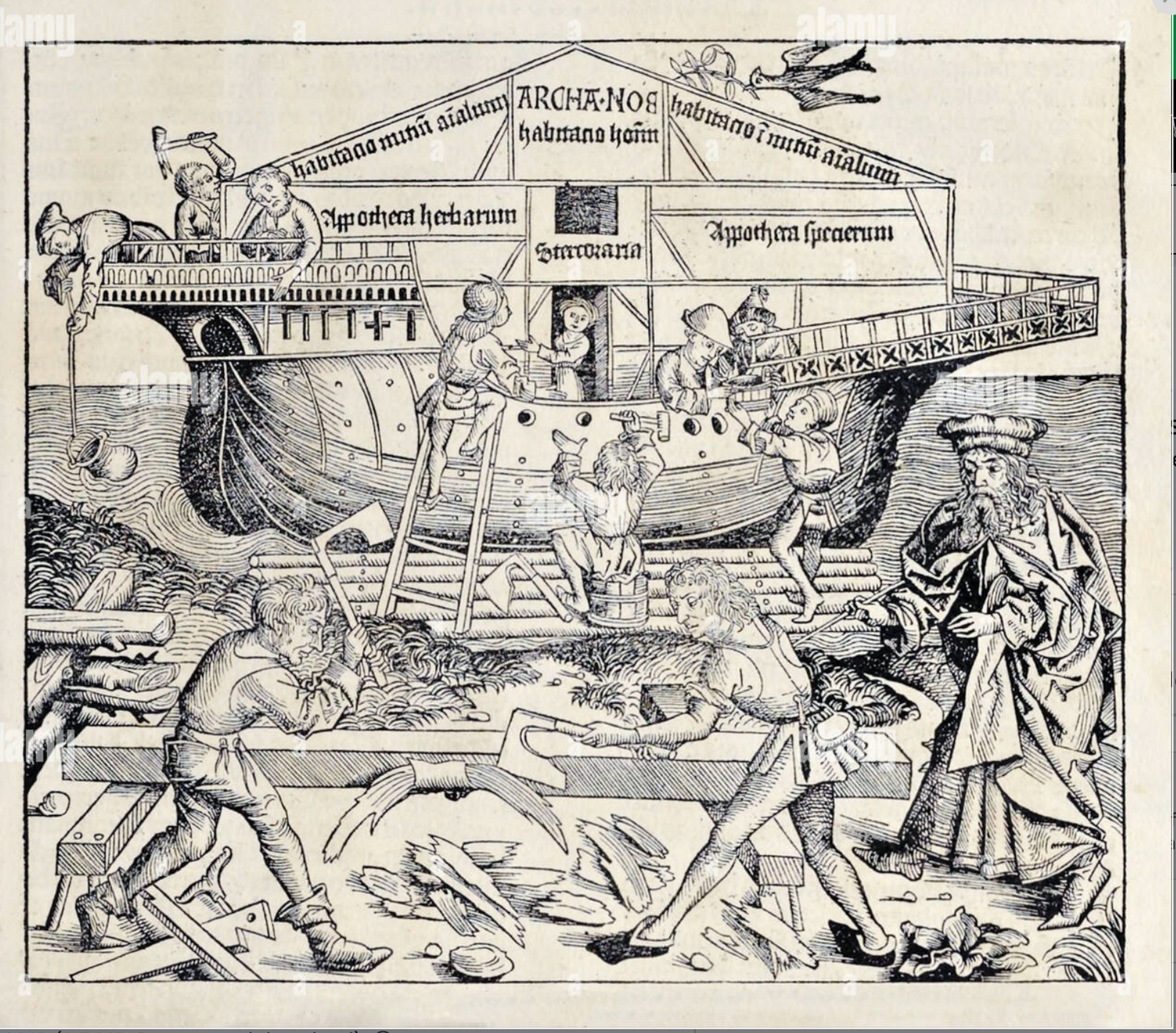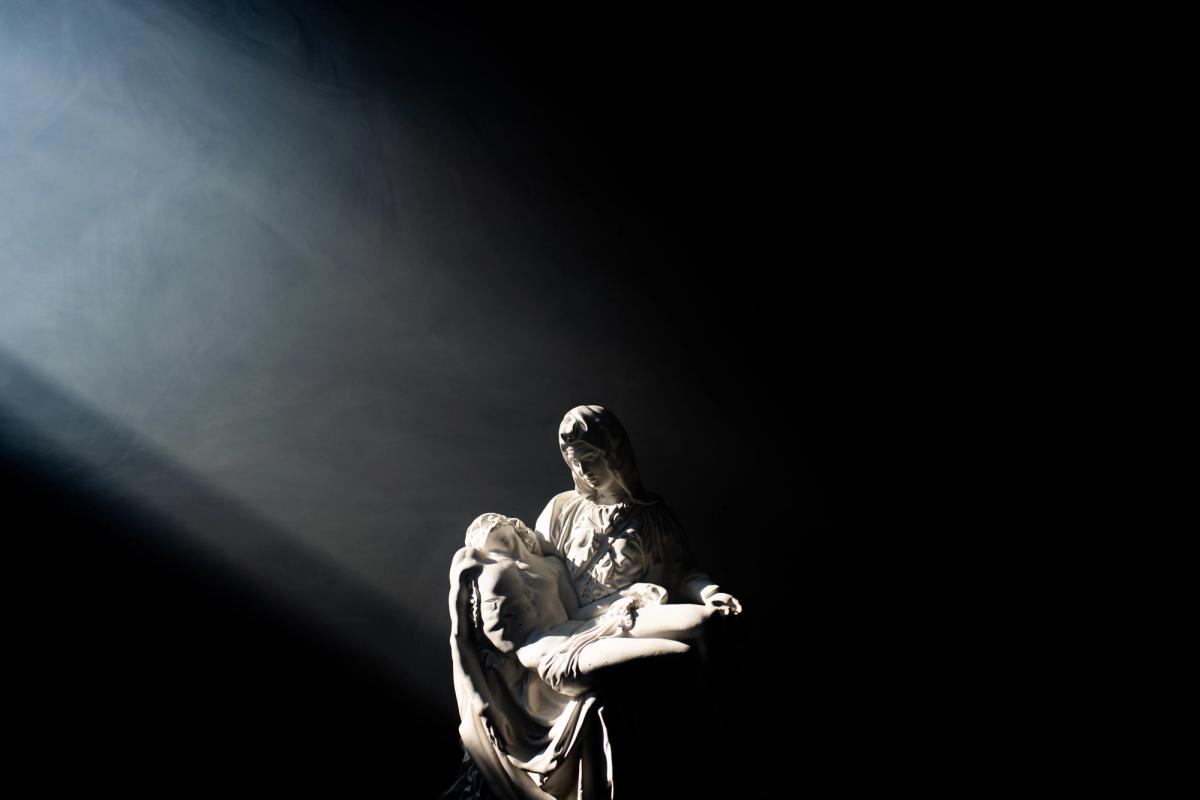Since art history evolved as a discipline in the 20th century, we have seen the positivist approach, the history of collections, structuralism and post-structuralism, feminism, postcolonialism and critical race theory, queer studies and more. But what about art and theology?
The divine is rarely allowed a look in, partly because art historians have tended to assume a general knowledge of the basics of Christianity and partly because religion is increasingly considered an irrelevant superstition from the past, propagated by a meddling and often corrupt Church as an opiate for the masses.
But religion, or more precisely, theology, has been quietly emerging in some major museums and in academia as an important tool for interpreting art. Curators at the Victoria and Albert Museum in London, for example, worked with focus groups representing Christian, Muslim and secular communities before redisplaying the Medieval and Renaissance galleries in 2009 because they realised that the works were 80% religious and needed to be understood.
Ben Quash, the chair in Christianity and the Arts at King’s College London since 2007, explains the distinction between theology and religion: “Theology is the tradition of thought that allows the God-related questions to be addressed in academic ways. If you’re asking questions about whether it’s reasonable to believe in God at all, what sorts of ideas about God have shaped human civilisations and how they have been expressed in practice, in ethics and in liturgy, you’re asking theological questions and you don’t have to be a believer to do that.”
Quash set up the Visual Commentary on Scripture (VCS) as an open-access online resource that brings theology and art together. Invited art historians and theologians select three works of art from any time period to illustrate a passage from the Old or New Testament. They write a short art-historical commentary on each work and then a longer comparative text discussing their relationship to the biblical passage. Many of the art historians who have contributed to the VCS are new to theology, which does not mean expressing subjective religious feelings, but rather using the Bible to provide a scholarly interpretation of the art. “We have covered about one-third of the Bible so far, and expect to complete the project in about five years,” Quash says.
The initiative has its roots in a joint master’s degree in Christianity and the Arts established 15 years ago by Quash and Nicholas Penny, then the director of the National Gallery in London. It was in part conceived to generate educational materials for the gallery, which are available today in the large section of its website devoted to art and religion. Penny had been converted to the idea by the exhibition Seeing Salvation, held in the gallery in 2000 under his predecessor Neil MacGregor. It was not strictly theological, but, as MacGregor, the show’s co-curator, tells The Art Newspaper, “It was about how the figure of Christ was the form through which artists explored the big questions of the human predicament of love, suffering, hope, despair and compassion.”
This was already a notable departure from conventional art history. MacGregor remembers how, when the exhibition was first proposed, the older curators and Penny himself had opposed it because, they said, it might be thought that the gallery was proselytising. “The Louvre was utterly shocked, of course, because of the French public commitment to laicité [secularism],” MacGregor adds. But the critics were confounded; the show, which had not found a sponsor, attracted more than 350,000 visitors, many of whom had never set foot in the gallery before.
The California-based Christian philanthropists Roberta and Howard Ahmanson, who fund the arts and humanities, education, healthcare and projects related to homelessness, subsequently became solid supporters of the National Gallery. In their view, we are now experiencing a religious revolution similar to the invention of the printing press. In the visual age of the 21st century, with people communicating through images on social media, the Ahmansons saw the potential for an online platform to change how people read the Bible.
For the West is de-Christianising ever faster, MacGregor says, as those who were brought up with a religious background are dying off. While the Pew Research Center’s 2018 survey on Christianity in western Europe found that 71% of Europeans identified as Christian, only 22% attended church services at least monthly. Materialism and the belief that science answers all the important questions, not to mention the sexual abuse scandals in the Catholic Church, have contributed to the discrediting of religion. At the same time, MacGregor observes, since September 11th, “Everywhere in the world, the political dimension of religious affiliation has sharpened and strengthened, which makes the questions rather different from when we were planning ‘Seeing Salvation’ in the late 1990s.”
It is against this background that the Ahmansons backed Quash to set up the VCS, which launched at Tate Modern in 2018, partly to demonstrate its embrace of contemporary as well as historic art. So far, Quash says, a small minority of artists have declined to participate in the online exhibitions because they do not want to be associated with religion, but most have been favourable. The site now has a following in North America, the UK, Africa, Australia and Singapore and is used by museum curators, pastors and priests, academics and the general public. In some cases, the VCS has led academics and museum curators to engage with the Bible for the first time.
In April, the VCS inaugurated a collaboration with the Bode Museum and the Gemäldegalerie in Berlin entitled “Unlocking Christian Art”, consisting of short films focused on the figures of Jesus and Mary through the works in the collections. More are expected to follow this autumn on the prophets, angels, patriarchs, evangelists and so on. Another series called “Interfaith Discussions” uses works from the museums to illustrate the relationship between Christianity, Islam and Judaism, the so-called Abrahamic faiths. The project is aimed at educating audiences in Christian iconography in a city where religion was discouraged under East German communism, and where there are large Turkish and Syrian communities.
“The Visual Commentary on Scripture is an imaginative exercise in reading the Bible as religious people read it and also seeing how art can make the texts and questions of faith come alive again without your needing to be religious. One of the big problems we have today is that people think they can’t show an interest in these questions without someone trying to make them sign up to a church, or that they’ll look as if they have an unhealthy interest in something that’s socially embarrassing,” Quash says. “What I find most encouraging is that the more progressive and adventurous curators are up for engaging with religion, while the ones who think that it’s terrible or dangerous are the ones who are stuck in the mud.”
A sample entry by the writer from the Visual Commentary on Scripture
The days of Noah yet to come

Michael Wolgemut and Wilhelm Pleydenwurff, The Construction of Noah's Ark, from Die Schedelsche Weltchronikby Hartmann Schedel (1493), woodcut print
The story of Noah and the Flood was, and still is, one of the best known in the Old Testament and it has been depicted with great imagination over the centuries. One can only make an informed guess at what thoughts the writer and illustrators of this early printed book had in their heads about the story, but it is safe to say that they would all have considered the Bible to be actual history, in which Noah’s Flood was an important event because, by ancient tradition, it ended the first chapter of existence after the Creation (the other six chapters in the Schedelsche Weltchronik being: until the birth of Abraham; up to the birth of King David; until the Babylonian exile; up to the birth of Christ, and then all of time thereafter, with the second coming of Christ as the last chapter).
It is also safe to say that they would have been familiar with how it related to the second coming, because these words from the gospel of St Matthew have always been read at religious services in the run-up to Christmas: Jesus said to his disciples, “As were the days of Noah, so will be the coming of the Son of man. For as in those days before the flood they were eating and drinking, marrying and giving in marriage, until the day when Noah entered the ark and they did not know until the flood came and swept them all away, so will be the coming of the Son of man (Matthew 24: 37-39). In other words, the flood is a warning to be ready for the end of days.
It is not so likely that the artists mastered the finer points of theological interpretations of Noah’s Flood, but it is certain that they would have been accustomed to looking beyond the bald facts of the Bible to allegorical and moral meanings because that was an intrinsic part of the Christian mindset long after their lifetimes. They would not have sat around like Bible literalists of today puzzling over how all the world’s animals fitted into the ark even if it was as long as a football field.
For as St John Chrysostom wrote in his delightfully down-to-earth homilies on Genesis in the fifth century, do not speculate on how smelly it must have been in the ark, where they got their drinking water or why Noah was not eaten by the lions because we should not question the actions of God with human reason.
Thus, during the Middle Ages and beyond, the salvation of Noah with his family and the animals was seen as proof of God’s justice and mercy, while the ark itself was considered a symbol prefiguring the Church as the community in which everybody would find salvation. The moral message for the individual was that we need to live virtuously and obey God, just as Noah lived virtuously and obeyed God’s instructions, however mad they may have seemed to him.
But the key messages of Noah’s Flood was that God said he would not destroy the world again. For us today, the message, still thinking allegorically, is that creation was entrusted to mankind and we are responsible for it. Noah is all of us and we can still save ourselves. Each of us has to build an ark against the chaos, the flood of today. The ark is a microcosm of the whole world.


